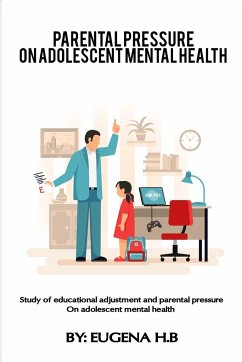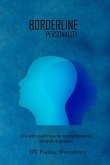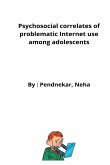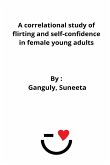INTRODUCTION Adolescence reflects a period of intensive growth and development in almost every area of a child's physical, mental, social and emotional existence. Adolescence has been described as the storm and stress period by Hall (2005). The age between 10 to 12 years is very crucial in one's life. Nonetheless, adults most often forget that young adults are constantly in need of help, motivation and support to cope with the stress that they face in their adolescence, which is a period of transition from childhood to adulthood. Some concerns and anxiety levels are often correlated with the transition from one moment to another, which in turn leads to stress. The word adolescence comes from the Latin word adolescere, which means "to grow to maturity." Psychologically, adolescence is, according to Piaget, the age when the individual becomes integrated into adult society, the age when the child no longer feels that he is below the level of his elders, but at least equal in rights. Stress and strain are one of the major features of adolescence. As adolescents are in the transitional phase between childhood and adulthood, they are susceptible to many strains, such as increasing parental expectations in terms of academic scores and goals. Academic stress has an adverse effect on the mental health of adolescents, when not dealt with, effectively. It is true that there is,








